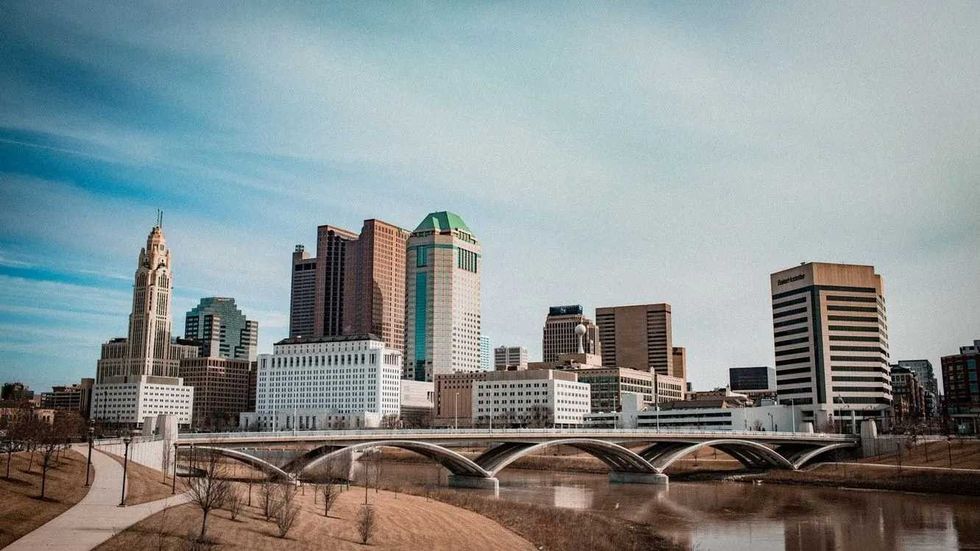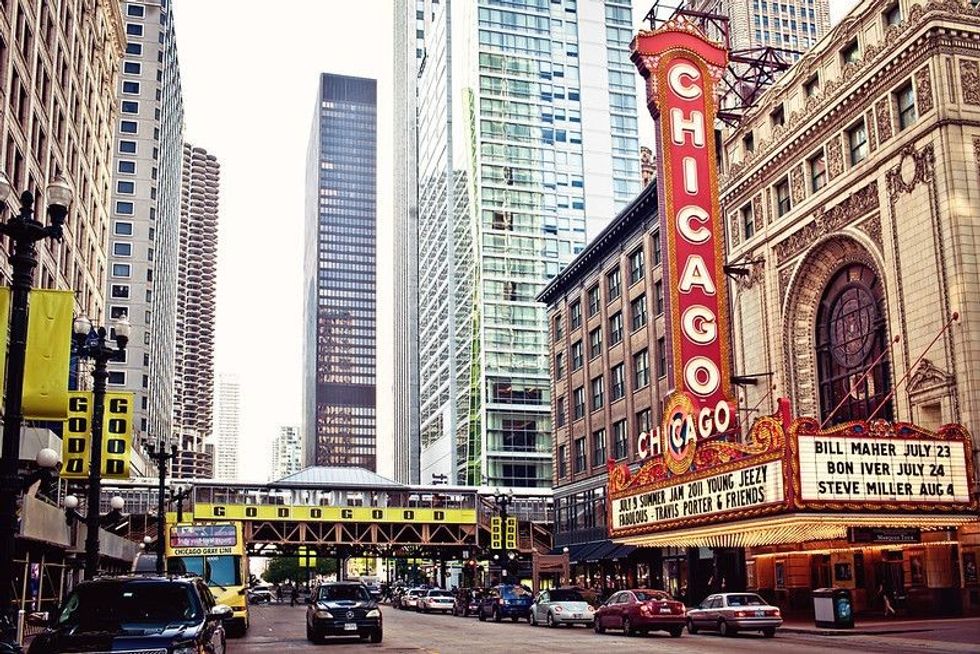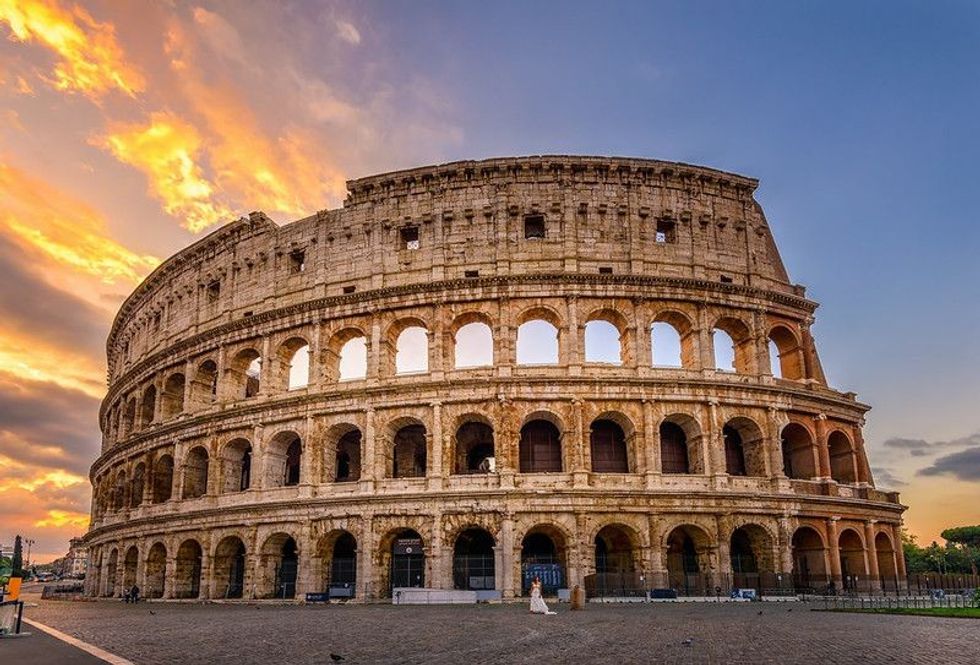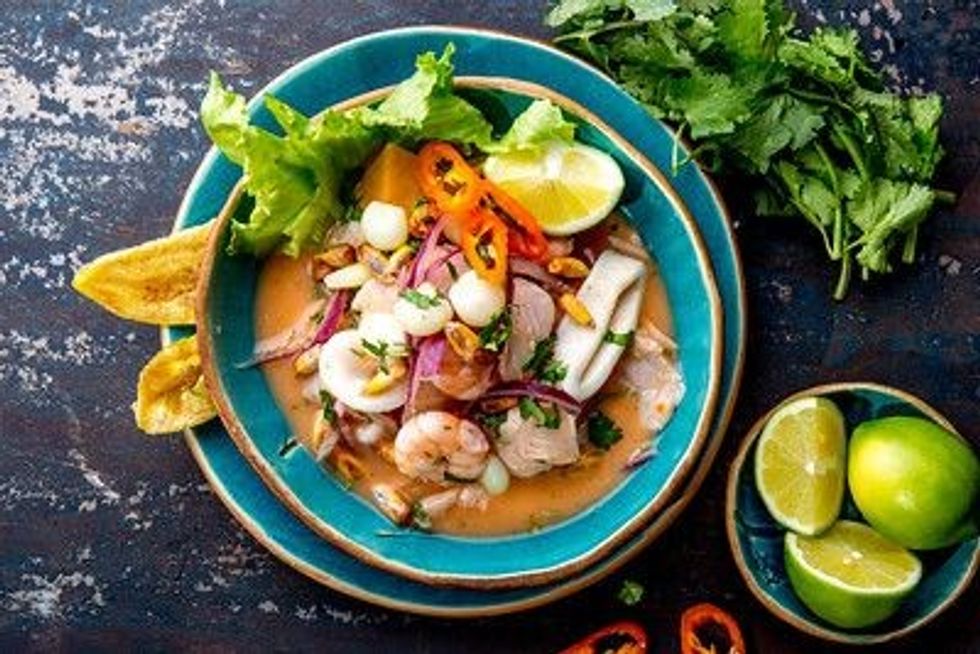Columbus is the county seat of Franklin County and also the capital of Ohio.
This city was established in 1812 and was later incorporated in 1816. Columbus was not the original capital.
It was the state legislature that decided to move state government to this region after gaining experience in moving it to both Zanesville and Chillicothe. It was chosen as a site for the capital because it had a central location in the state and had great access to transportation routes like the rivers.
There were many competitors to be chosen as the capital of Ohio, like Dublin, Franklinton, Delaware, and Worthington. It was basically designed to serve as a capital to give good economic, political, and social advantages.
Columbus, as the capital, was also home to a variety of medical and legal institutions.
Columbus allegedly possessed the world's largest insane asylum, with roughly 1,300 people, in addition to hospitals linked with medical universities. Ohio State University, Columbus College of Art and Design, and Columbus State Community College are high-learning institutions in Columbus.
A 'Blind Asylum', an 'Asylum for Feeble-Minded Youth', and a 'Deaf and Dumb Asylum' were also supported. By the late 1800s, the Ohio Penitentiary, which was also located in the capital, had roughly 1,400 inmates.
Facts About Columbus, Ohio
Columbus, Central Ohio, the 15th largest city in the United States, is a diversified metropolis with colorful festivals, enthusiastic sports fans, and a notably long-living gorilla.
- Nearly half of all Americans (48%) live within 600 mi (965.6 km) of Columbus. Major cities such as Chicago, Atlanta, and New York City are only a few hours away by car.
- The Columbus area had not yet been created when Ohio was granted statehood in 1803. The initial state capital was Chillicothe, a small town on the Scioto River.
- In 1810, the capital city was temporarily transferred to Zanesville until Chillicothe was restored as the state capital three years later.
- Ohio's general assembly voted in 1810 to set up a new, stable capital. The legislators decided that the location they chose had to be within 40 mi (64.37 km) of the geographic center of the state.
- Four businessmen from Franklinton, a small town in North Carolina, provided 20 acre (8.09 ha) of land for free. This area was selected as the site of Ohio's new state capitol on February 14, 1812. In 1816, Columbus became a city.
- R.L. Stine, the best-selling author of the 'Goosebumps' series, and celebrity chef Guy Fieri are both Columbus natives. His birth name was Ferry, which he changed in 1995 to Fieri, an Americanized form of his grandparents' surname.
- Columbus is a hotbed for fast food conglomerates. In November 1969, the first Wendy's restaurant debuted on East Broad Street. The franchise is now based in Dublin, Ohio, which is a suburb of Columbus, Ohio.
- White Castle, a burger franchise, was founded in 1921 in Wichita, Kansas, but has been functional in Columbus since 1933.
- On February 20, 1812, the Ohio state senate chose Columbus as the name for the incomplete capital. It had also explored a far less interesting option: Ohio City.
- Columbus has been known by a variety of nicknames, including 'Cbus' and 'Cowtown'. The city's erection of arches over vital roadways earned it the nickname 'Arch City' in the 1890s. The city's new electrical streetcars were powered by the arches.
- The short-lived abnormality was born in Brookeville, Ohio, in 1941.
- In 1861, while visiting then-Governor William Dennison Jr. at the Ohio Statehouse, Abraham Lincoln received word that he had been elected president by the Electoral College.
- The Columbus Aquarium and the Columbus Zoo are among the best places to visit in Columbus, Ohio.
- The annual Doo Dah Parade brings Columbusites together every July (typically on July 4) to support 'liberty, satire, and lunacy'. Almost everyone can take part in this decidedly unusual spectacle. Drummers with Rocky Horror cosplayers, Easter Island heads, and automobiles with mustaches may be seen. The Marching Fidels, a band of Castro impersonators who 'recruit' viewers into the Cuban army, are unquestionably the highlight.
- If you're visiting Columbus during the summer, the Park of Roses deserves to be on your bucket list. Whetstone Park's magnificent 13 acre (5.26 ha) rose garden comprises over 11,000 bushes spanning 350 different species of roses.
- The LGBT community in Columbus is thriving. According to a Gallup poll from 2015, 4.3% of city's residents in the metro area identify as lesbian, bisexual, gay, bisexual, or transgender. The Columbus Pride Parade has already been going strong since 1981, and it is now one of the largest in the Midwest, with over 500,000 players and spectators each year.
History Of Columbus
In 1812, Columbus, Ohio's capital, was built on the east bank of the Scioto River.
- Along with the town of Franklinton, which has since been absorbed into Columbus, the city was formed as its capital.
- Residents suffered from cholera and flooding outbreaks in the early years of the city's existence, and there were few direct links to neighboring cities.
- The Columbus metropolitan region was a focus for native cultures known as the Moundbuilders between 1000 B.C. and 1700 A.D.
- The Hopewell, Adena, and Fort Ancient cultures were among those present.
- The burial mounds and what they held are the sole physical remains of the cultures.
- The majority of Central Ohio's extant mounds are far outside Columbus' city limits, while the Shrum Mound is well-preserved and is part of a historic monument and public park.
- The name of the city's Mound Street comes from a mound that once stood near the intersection of High Streets and Mound.
- The mound of clay was utilized in the construction of most of the city's early brick structures, including the Ohio Statehouse.
- The Ohio History Center in the city houses a collection of many artifacts hailing from such cultures.
Columbus' Culture And Food

Columbus, Ohio's culture includes museums, sporting events, seasonal fairs, performing arts, and architecture ranging from Greek Renaissance to modern architecture.
- A resident of Columbus, Ohio is referred to as a 'Columbusite'.
- Columbus is home to a unique and diverse collection of galleries and museums.
- The Columbus Museum of Art, which has two locations and houses the Pizzuti Collection of modern art, is the city's premier art museum.
- The museum, which opened in 1878, concentrates on European and American art from the Renaissance to the early 20th century, with exceptional pieces of German Expressionism, Impressionism, and Cubism.
- The Wexner Center for the Arts, a modern art gallery and research institution run by Ohio State University, is another notable art museum in the city.
- The Columbus Symphony Orchestra, Shadowbox Cabaret, BalletMet Columbus, Opera Columbus, the ProMusica Chamber Orchestra, Columbus Children's Theater, CATCO, and the Columbus Jazz Orchestra are among the city's many performing arts institutions.
- A local public market in downtown Columbus called the North Market is a must-visit place to eat.
- This market has many local vendors that sell a huge variety of goods, from fresh flowers to homemade bread.
- At North Market, there is a mixture of Vietnamese, German, Indian, Italian, and Nepalese cuisine.
- This local market is tightly packed on weekends, especially on Saturdays. On weekends, you can see many merchants selling special products like farm produce and local honey.
- The Columbus Zoo is also a very good attraction to visit and is a good place to spend quality family time on Sundays.
Columbus' Geographical Facts
Columbus City is located in the middle of two intersecting rivers called the Olentangy and Scioto Rivers.
- There is a dominance of a hot and humid climate.
- Sometimes, the people here witness very cold winters and muggy summers.
- Columbus has a good number of different neighborhoods in its metro area.
- Unlike so many major US cities, Columbus keeps expanding its boundaries through territorial expansion, making it one of the nation's fastest-expanding large cities in terms of area and population, and perhaps the fastest in the Midwest.
- Though Columbus' suburban demographic is not as extensive as Ohio's two large metro areas (Cleveland and Cincinnati), it is virtually totally encircled by suburbs, with certain land-locked suburbs completely enclosed by Columbus' city limits due to annexation regulations.
- Westerville, Reynoldsburg, Gahanna, Grove City, Hilliard, Upper Arlington, and Dublin are among Columbus' major suburbs.










